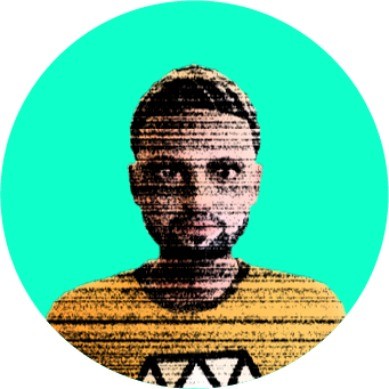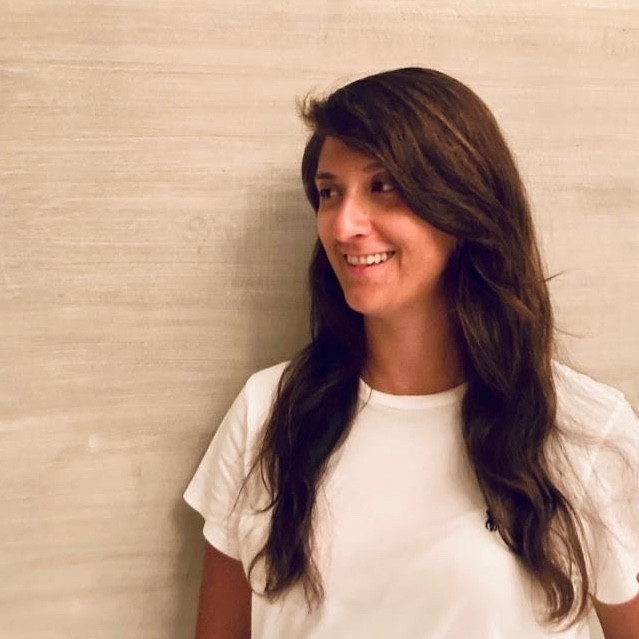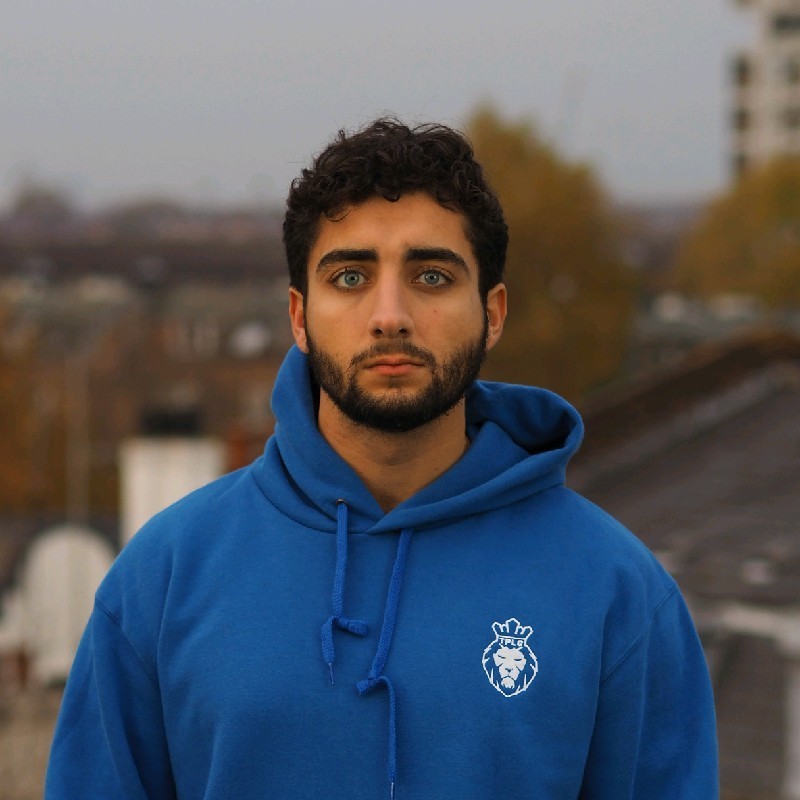Apr 6, 2021
Introduction
NFTs (non-fungible tokens) are used to create verifiable digital scarcity and to certify a digital property using blockchain and Distributed Ledger Technology. They are therefore a phenomenon of the crypto world and are gaining ground in numerous contexts. From art to music to sport, there is an increasing demand for digitisation of objects that can guarantee their uniqueness.
Art
Morons (White)
In the field of art, in 2006, the British artist Banksy's work Morons (White) was bought in Brooklyn by the blockchain company Injective Protocol for 96 thousand dollars, to be then burnt and transformed into an NFT. The extreme action of burning the painting in favour of its digital version was necessary for the company, otherwise the value would have remained solely in the physical work rather than in the digital resource of the NFT: after its conversion, the work reached a value of $382,000. Regardless of the emotional impact of the performance, the scale of the action is conceptually and financially enormous, especially considering the positive momentum the NFT art market is experiencing. Those who purchase the digital work will be provided with an official certificate of authenticity issued by Pest Control, Banksy's authentication agency. Currently, the only way to own the work is therefore to purchase it digitally on the Opensea platform.
Music
"NFT Yourself"
In music field, the real breakthrough came with US rock band Kings of Leon, the first group to release its eighth album When you see yourself as NFT. In the first few weeks after its release, distribution via blockchain generated huge profits for the singers, worth more than $2m. Obviously, the music can also be streamed from traditional platforms or purchased from official stores, but the novelty is the possibility of reserving "NFT Yourself", the token in which the album's music is presented in visual form through videos and images that deconstruct and reconstruct the songs in an artistic journey that offers a musical experience linked to technology in a totally innovative way.
Sport
Sorare and NBA
Football is just one of the many sectors that making use of digital currencies. One example is the Sorare platform, based on Ethereum and developed in 2018 by Nicolas Julia and Adrien Montfort. Sorare is a fantasy game in which players can sell, buy and organise a virtual team through the blockchain cards of players on the platform. Teams are ranked according to the performance of their players on the real-world football field and points are awarded, just like in traditional fantasy football. The rarest and most unique cards can be digitally collected and reach very high values. For example, Cristiano Ronaldo's NFT token card was recently sold to a Sorare user for $290,000.
In the world of basketball, the NBA, through its dedicated platform NBATopshot, offers for sale so-called "moments", i.e. highlights of its top players. Collectors have spent more than $330 million on NBAshot to purchase their NFTs. Made by Canadian blockchain company Dapper Labs, NBAtopshot holds the official license of the National Basketball Association and allows video clips to be purchased via credit cards, as well as cryptocurrency: Bitcoin, Ethereum, or using the Dapper Balance native credit system.
Collecting
Crypto stamp
Collectors can purchase NFTs starting with the ultimate collector's item: the postage stamp. Crypto stamp is the first platform created by the Österreichische Post AG to offer cryptographic stamps that can be used for a variety of purposes, ranging from traditional postal use to purely collectors' items. The Crypto stamp can be saved as a digital image in the Ethereum blockchain and become an exchangeable digital collector's item. Each stamp has a unique secret code that allows its owner to activate its value as a digital object on the blockchain. The creation, ownership, exchange and trade of digital stamps is managed through a smart contract on the Ethereum blockchain. Currently on the platform the availability of objects is limited to 90,000 stamps in total.
Gaming
Decentraland and Infinite Fleet
NFTs are also entering the world of video games, constituting a new frontier for game developers looking for novelty. For example, Decentraland is a decentralised game that hosts a virtual reality world in which players can own and trade pieces of virtual land and other NFT objects present in the game. Created in 2015 by Esteban Ordano and Ari Meilich, Decentraland is also a social platform that was created with the aim of creating a digital world where users can have complete control over the content they create and share, giving them all the tools to independently monetise virtual properties. The platform is based on a virtual universe divided into 90,000 Lands representing the digital spaces that users can buy, sell or rent to share their content. All interactions within the platform are mediated through a currency called Mana.
Also interesting is the experiment of Infinite Fleet, which on the Stokr platform (put link) is raising funds by issuing tokens with the aim of creating an online video game whose virtual currency, called INF, will become a real cryptocurrency. Players will then be able to transfer the INF they earn during the game into their own virtual wallets, which they can then exchange for other currencies, including euros and dollars.
Conclusion
Through some of the use case examples of NFTs, it emerges how these tokens show great promise in the expansion of the digital asset economy. Non-fungible tokens enable a vision of the future of blockchain that is increasingly immersed in our daily lives and guarantees dynamic and innovative markets in many contexts.
Do you want to create and sell NFTs? Contact Us
About the Author
Beatrice attended a Bachelor's degree in Italian Language, Literature and Civilization and got her Master's degree in 2020 at the Institute of Italian Studies of the University of Italian Switzerland (USI) in Lugano. Next to her humanistic education and passion for art history, she develops a personal interest in the field of communication and content creation, which she deepens in 2021 by attending a social media marketing training course. Since 2020 she has been part of the BrightNode team as a content writer.









